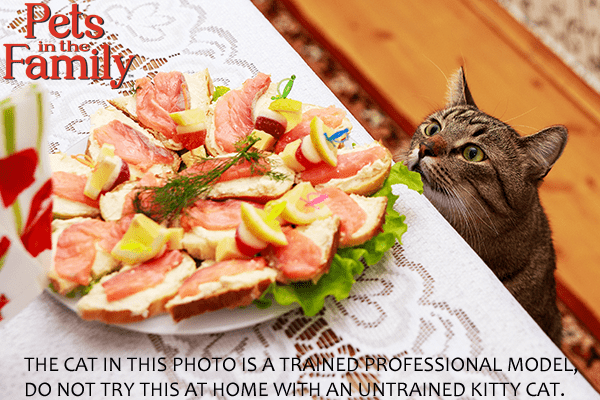
Helpful Advice from the ASPCA on Bringing Your New Pet Home
Who can resist adorable puppies or kittens? Here at the ASPCA, we don’t know a soul who could. If you are thinking of bringing a new puppy or kitten into your home around the holidays, you will want to make sure you are off to a good start with plenty of preparation and supplies. In addition to picking out the right name, finding the right vet, and getting the bowls, collars, and toys you’ll need, you should definitely be prepared to pet-proof your house, as well.
1. Check Low Spaces
One of the first things you should do to pet-proof your home is to get down on your hands and knees and take a look from the perspective of a tiny four-legged friend.
You know that old board game piece that may be lurking under the couch? Make sure it is picked up so it doesn’t get swallowed by your pup. And what about that old hair tie or rubber band you lost? Kittens love to play with those and might accidentally swallow them. This also goes for coins, plastic bags, or anything small enough to fit in their mouths.
Don’t forget that as your little ones grow, they may be able to reach things up higher, like on countertops or tables. Keep items that could pose a threat to your pet up and out of paws’ reach.
2. Watch Those Plants
If your previous knack was keeping house plants alive, make sure your plants can’t hurt your new pets. Many house plants can be toxic, and both kittens and puppies may explore their new environment by way of their mouths. Make sure to do your research and check to see if any of your house plants may be toxic.
3. Cords, Cords, and More Cords
While electrical cords are the most dangerous for pets due to the risk of electrocution, if a pet chews through them, cords from blinds, curtain tie-backs, or long strings may also pose a risk. Be sure to trim any cords or carefully bind them so that your curious kitties or playful puppies cannot get to them.
4. Keep the Cabinets Under Wraps
What do cabinets have to do with puppies and kittens? Well, it’s a good thing you asked!
Kittens love to find quiet, warm places to sleep and hide, and cabinets (as well as dryers, laundry baskets, and dresser drawers) are a great place for that. Puppies typically have trouble finding something they don’t want to chew, and household cabinets may hold many dangers, like medications, cleaning supplies, trash, or mouse poison that can lead to serious problems if ingested. Keep your cabinet doors closed at all times, and consider getting child-proof locks if you think your furry friend could easily get into a closed cabinet.
5. Have All the Right Supplies
Make sure you have everything you may need before your pet comes home.
For kittens, that includes a litter box, food and water bowls, a scratching post, and toys. For puppies, you need a leash and collar with proper identification tags, food and water bowls, potentially a crate, and toys. You may also want to consider baby gates to help keep your pet out of areas where they could get into trouble.
If, by chance, all of these recommendations have you rethinking your decision about getting a puppy or kitten, there are plenty of loving adult pets looking for homes, too. While you will want to make sure your home is safe for any new family member, they usually don’t require the same amount of intensive attention that puppies and kittens do. You also get the benefit of knowing right away what their personalities are like and the satisfaction of knowing that you saved an animal who may have been overlooked in a shelter for their younger counterparts.
But whatever your choice may be, be sure that you know what dangers could be lurking for your pets.
If you suspect your pet has been exposed to any poisonous substances or ingested something dangerous, contact your veterinarian or call the Animal Poison Control Center (APCC) at (888) 426-4435 immediately.
Please click here to learn more from the ASPCA!

